
HelsinkiMissio has worked in Helsinki for 140 years. We know loneliness and we know how to overcome it.

Learn more about our fascinating history
The history of HelsinkiMissio began at Christmas 1883 in what was then the Helsinki district with the worst reputation, Punavuori. Our name at the time was Helsingin kaupunkilähetys/Helsingfors stadsmission, the City Mission of Helsinki. We aimed to help the poor, to eradicate need and destitution.
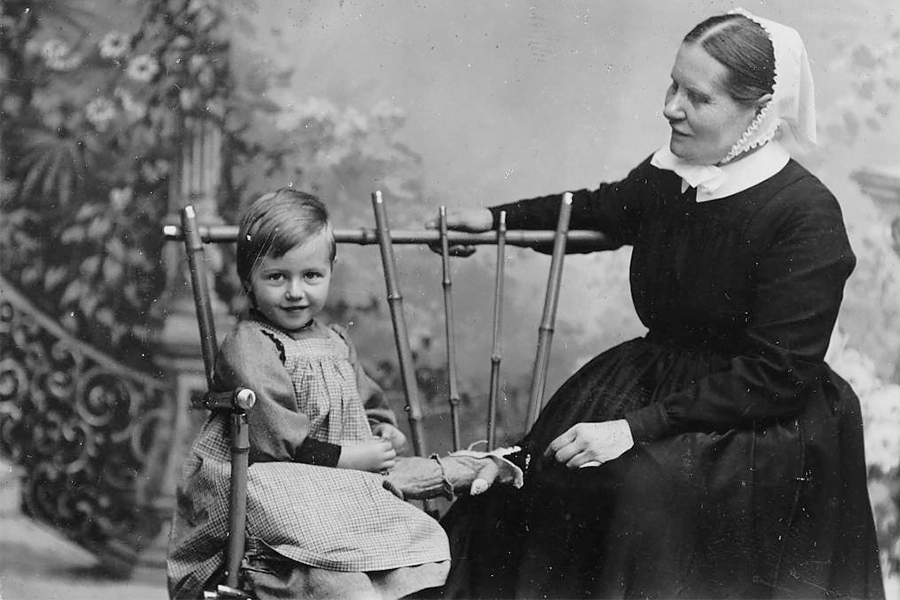

Association from 1883
The newly founded Mission Association had only one employee, an energetic woman who was keen to help, called Cecilia Blomqvist (1845–1910). She worked in many fields and developed new ways of helping. Cecilia became one of the pioneers of social work in Finland.
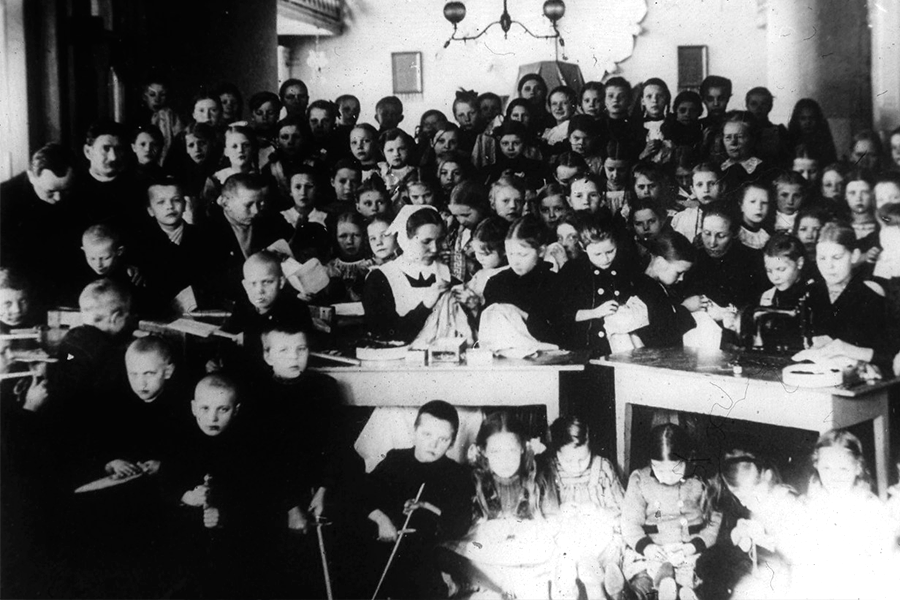

1884–1885
Over a two-year period, the Association founded a soup kitchen for the poor, a dormitory for working boys, a shelter for former prisoners and a day care centre for children. Sewing meetings were arranged for mothers and girls.
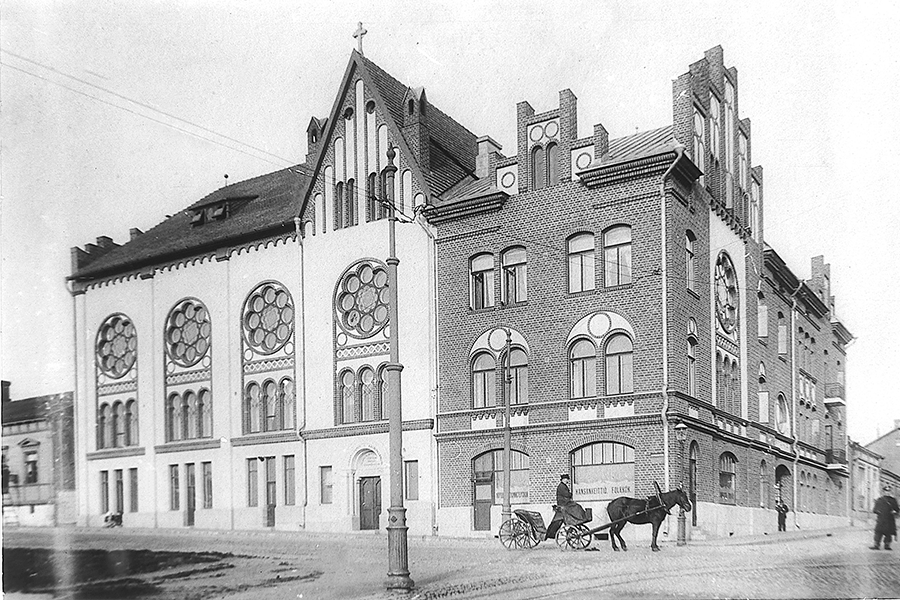

1904 Betania Building
In 1904, the Mission Association’s Betania (Bethany) building was completed in Punavuori. It housed a soup kitchen and a day care centre as well as workshops for unemployed men and women.
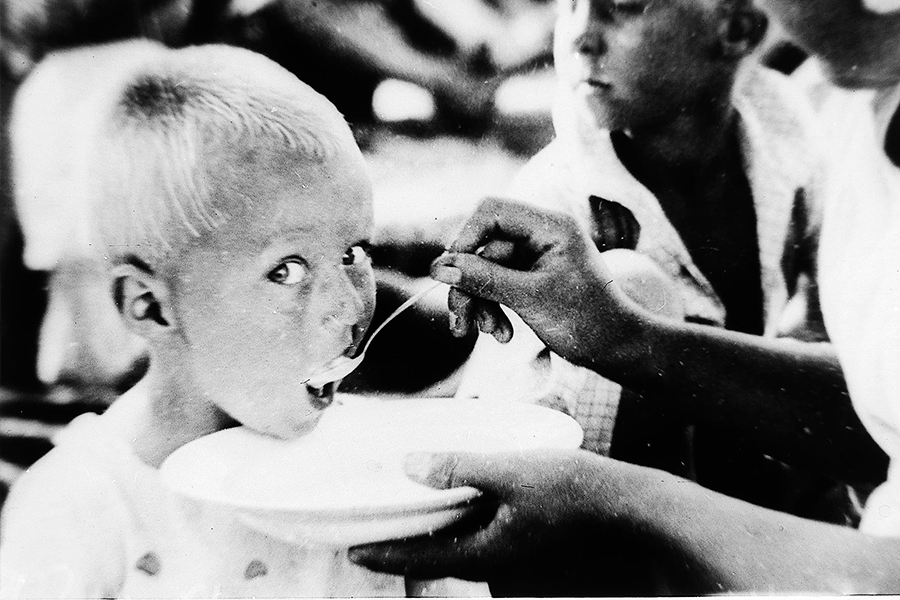

1918–1919 Children’s Home and Day Care Centre
In the Finnish Civil War, some 20,000 children lost either their father, mother, or both parents. After the War, there were 900 orphans in Helsinki. The Association set up a children’s home, which was officially licensed by the City of Helsinki. In 1919, a day care centre for children was set up to make it possible for mothers to work outside the home.
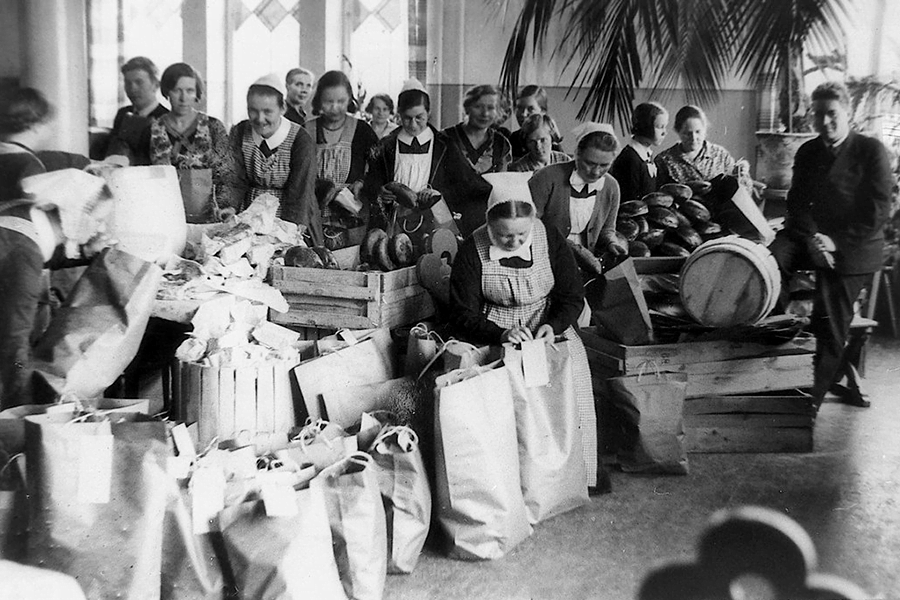

1939–1945 Help to Victims of War
During the Finnish Winter War and the Continuation War, the Association, in cooperation with the Suomen Huolto relief organisation, helped people in Helsinki. Once again, families where the father had been killed in the War were particularly in need of support. Shortage and rationing also put a needy elderly population into dire straits.
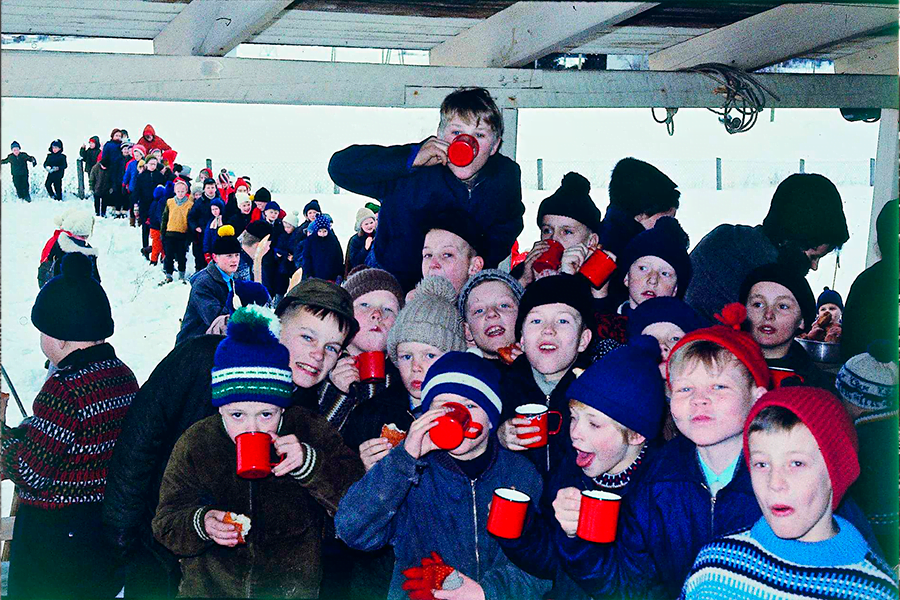

1950–1970 Camps for Children and the Elderly
In the post-war period, there were many children in Helsinki, and the city had a growing number of seniors. The association’s work focused on children and the elderly. For the children, the association provided summer camps and for the elderly there were outings to the Sääksi camp centre.
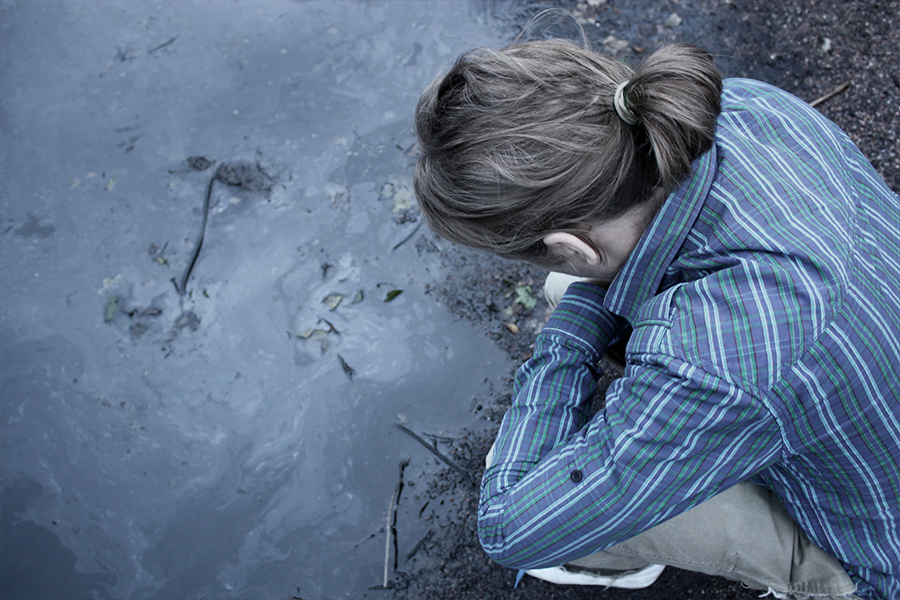

1993 the Crisis Services for Youth
A severe recession hit Finland in the 1990s. At the same time, youth suicides increased. Psychiatric nurse Helinä Joenperä suggested to the association that it could set up crisis services for young people. In 1993 the association, with support from Finland’s Slot Machine Association, set up Crisis Services for Youth, offering young people low-threshold help through conversation. This is an entirely new form of work both in Finland and the other Nordic countries.
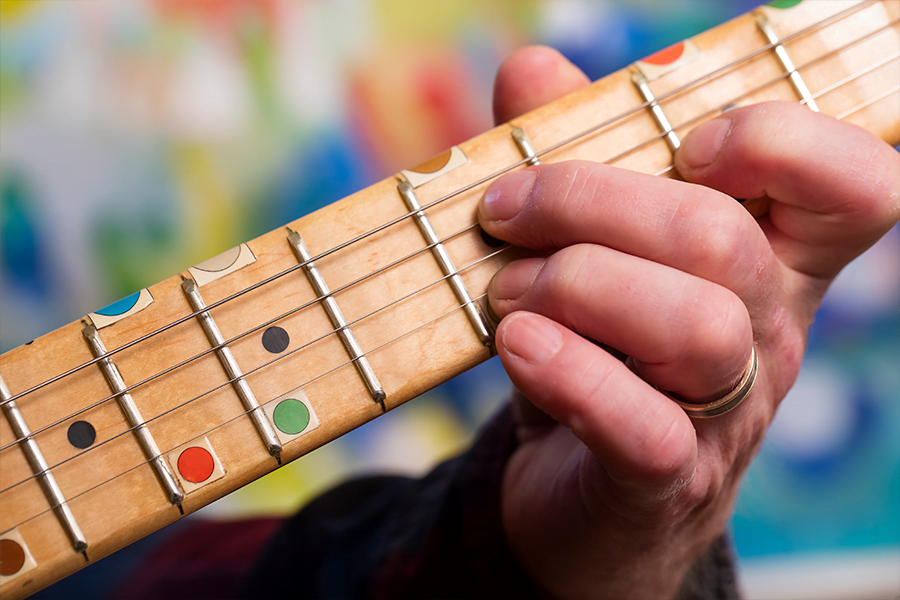

1995 Resonaari
The Resonaari music school for special-needs groups was set up in 1995. Resonaari uses Kaarlo Uusitalo’s figurenotes, a pioneering invention that makes it easier to learn to play an instrument.


2001 Senioripysäkki
The Association began developing a group form of therapy for seniors. There was a need for therapeutic activities, as depression was a growing and serious problem among the elderly. In 2001, the first Senioripysäkki (Senior Stop) conversation group was set up.


2005 HelsinkiMissio
In 2005, the name of the Association was changed to HelsinkiMissio. Under the new name, work again began to widen our range of activity. We are innovative in how we work and to develop our volunteer activities. We are aware that loneliness is the root cause of many societal problems, including poverty. Alleviating loneliness became our mission.
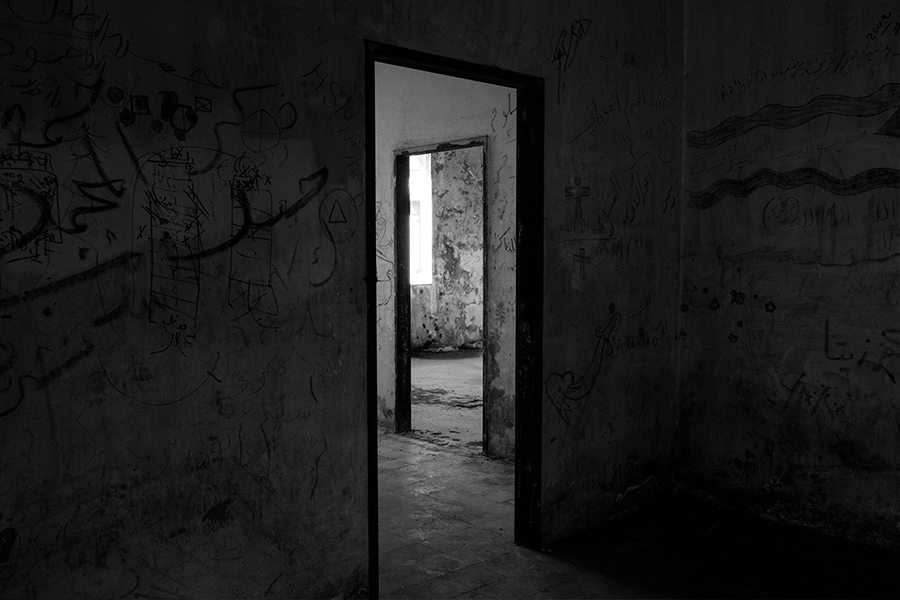

2006 Aggredi
People who commit acts of violence on the streets are a disparate group for whom no working help was offered. To help them, in 2006 we created a new way of working, called Aggredi. The Aggredi process aims to decrease or eliminate violent behaviour in public places.
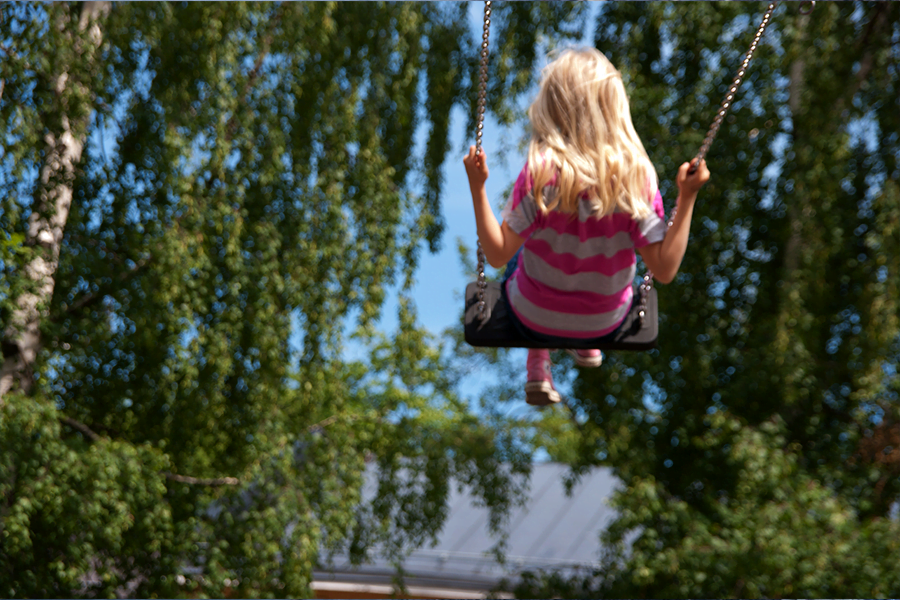

2012 Save a Generation
The increasing number of children taken into custody is a cause for concern in the 2010s. HelsinkiMissio wants to reduce the numbers and in 2015 starts the project Pelastakaa sukupolvi (Save a Generation). Volunteers are trained to be mentors for mothers and fathers and to help lonely families with children. The project grows into the HelsinkiMissio Family Services.


2017 Loneliness Work
Loneliness affects the lives of a growing number of people, including some 400,000 in Finland. HelsinkiMissio works to eliminate loneliness by encouraging people to find their own ways to alleviate loneliness. We do this by offering them conversational sessions with a professional helper and suggesting they work independently with a book of assignments.


Continuous Work to Alleviate Loneliness
HelsinkiMissio’s work will continue for as long as loneliness exists. Our activities evolve as we help a growing number of people, and keep innovating new ways of helping. Among these are our programmes to alleviate loneliness in the workplace and in schools.
The importance and popularity of volunteering work continues to grow. As loneliness increases, people feel a need to do something, to get involved, to help.
Community-building events, such as concerts and singalongs, increase a sense of belonging. In 2021, at 180 HelsinkiMissio community events, we met a total of 103,666 people.
Source: Ville Jalovaara, Älä jätä ihmistä yksin. HelsinkiMissio 130 vuotta. Kirjapaja, 2015. (Available only in Finnish.)